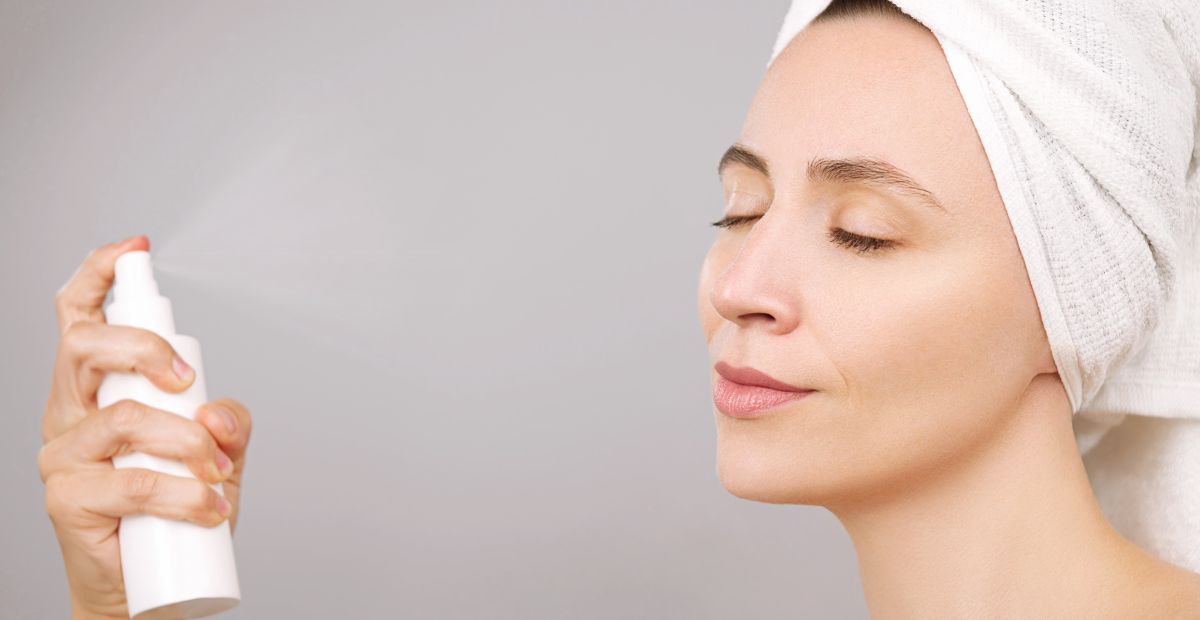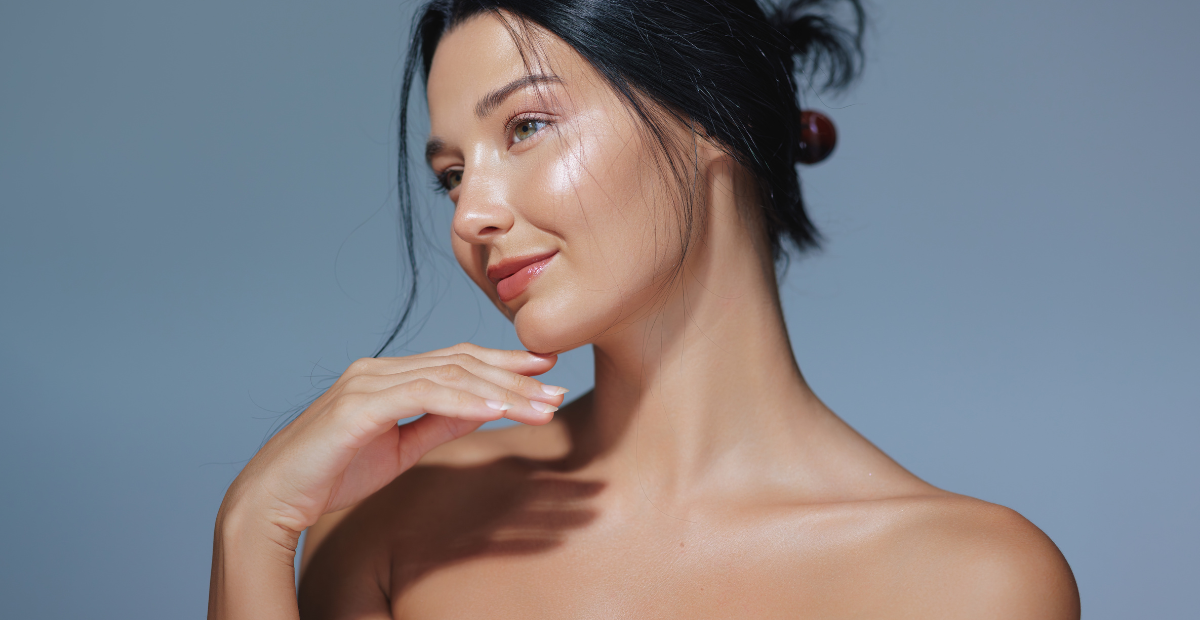How to Prevent Phone Acne: A Clear Path for Clear Skin
Onskin Content Team
Your guides through the skincare chaos

Which of your possessions do you touch most often throughout the day? No one’s getting this question wrong—it’s your phone. You text friends, you plan your day, you watch videos, you call your grandma, you play games during lunch break—your phone might as well be glued to your hands. That is a precursor to phone acne.
Now, the one part of your body your smartphone touches almost as frequently as your hands is your face. You might not even notice every time your cheek makes contact with the screen and how often that happens throughout the day. The problem here is your phone gets progressively dirtier the more you do that, and where do all the accumulated bacteria, oils, and who knows what else end up? Exactly! On your skin. That’s how breakouts, clogged pores, and similar issues can happen.
Let’s talk about causes, prevention, and healthy habits that can help you avoid smartphone acne. Don’t worry, they’re pretty straightforward.
What is phone acne?
Many things can cause or worsen your acne situation. Is it phone acne that’s ruining your daily life, or is it hormonal or genetic? Identifying phone acne is easier when you understand the underlying causes.

Phone acne is a form of acne mechanica, which is a form of acne caused by repeated friction, pressure, or rubbing of the skin. The longer your skin is affected, the higher your chances of getting blocked pores and, later, breakouts. Acne mechanica can happen from too-tight clothing, helmets, straps, or even musical instruments (like a violin on the neck).
Here’s the step-by-step of how mechanical acne happens:
Step 1. Friction/pressure. An item rubs on or squeezes the same area of the skin.
Step 2. Pore blockage. Skin irritation clogs hair follicles and oil glands.
Step 3. Trapped sweat and bacteria. Oil and sweat build up inside blocked pores.
Step 4. Comedones and breakouts. You get blackheads, whiteheads, or inflamed pimples.
You can identify mechanical acne by a distinct pattern of your breakouts. Whether it’s a strap constantly rubbing on your shoulder, a tight shirt collar in constant contact with your neck, or a cell phone pressed against your cheek and jawline, mechanical acne will be where the friction happens.
Can a dirty phone cause acne?
Yes and no. Causes of acne are numerous, and more often than not, there’s not one factor solely responsible for your breakouts. You have to consider hormonal changes, genetics, and the interaction between oil, dead skin cells, and bacteria in the pores. Acne is a complex, persistent affliction, and it responds best to a comprehensive, multifaceted approach.
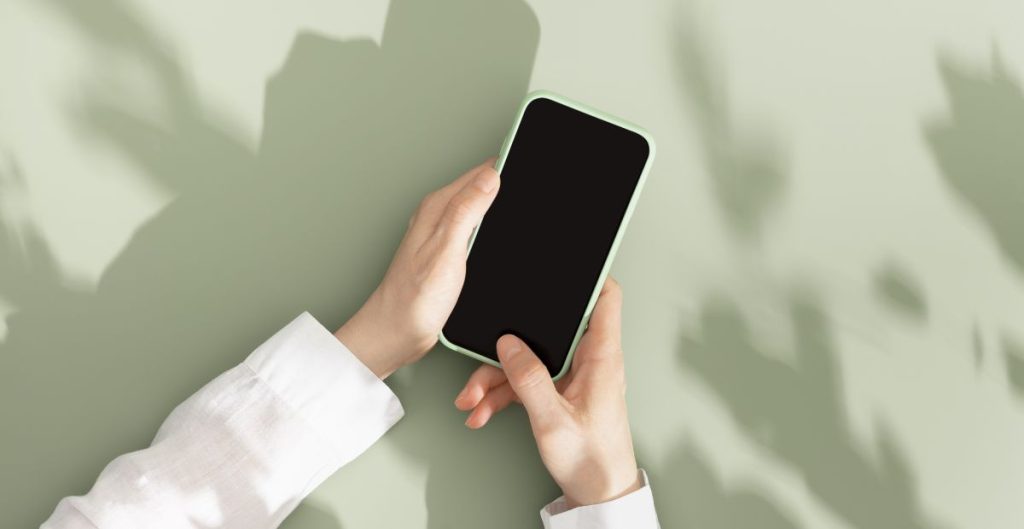
A better question here would be, “Can a dirty phone exacerbate acne?” Here, the answer is a confident ‘yes.’
Enemy #1. Bacteria
Smartphones are breeding grounds for bacteria. Think about it: how long can you last without touching your phone? Even when you’re otherwise occupied, you’re constantly checking it. We are creatures of habit, and it’s been a long time since we could comfortably navigate the world without a smartphone having answers to every question we might have.
The most recent studies have shown that approximately 68% of smartphones may harbor harmful bacteria. And those same studies acknowledge that the actual numbers might be higher. You’re especially at risk if you’re an avid gym-goer or live in an area with high humidity because that’s where bacteria thrive.
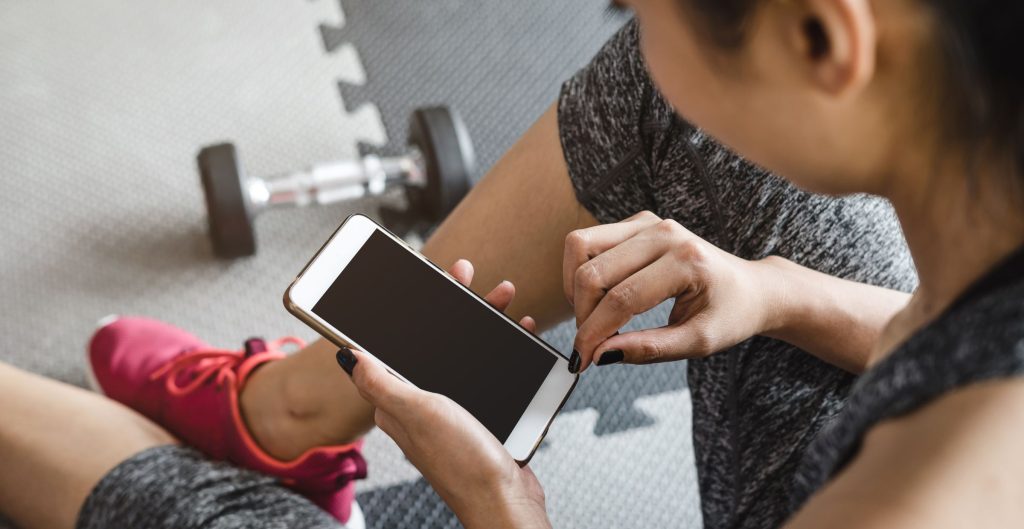
Enemy #2. Oil and sweat buildup
Your skin naturally produces oils (sebum), which help maintain moisture. But add sweat into the mix, and you have a cocktail of not-good things that you keep transferring from your face to your phone screen and back every time you make a call. Do that long enough, and boom, here come clogged pores. If that sounds bad, think about adding makeup, sunscreen, and skincare products to that sticky situation.
Enemy #3. Pressure and friction
Now that you’ve created the least beneficial environment for your skin on the surface of your phone, what would be the worst thing to do with it? If you guessed, “holding your phone against the side of your face for extended periods,” you are correct. Phones generate heat. Combine that with the friction between the screen and your cheek, and you’re asking for irritation to happen.
Tips to prevent smartphone acne
You might be thinking, “Is this the part where they tell me to put down my phone and do something productive?” Well, interacting with your phone less would help prevent and manage phone-related acne, but that’s not necessarily a realistic approach.
What we suggest are smaller, feasible changes that won’t impact your way of living too much. Tips you can follow that would require minimal energy but achieve the best results.
Tip 1. Maintain phone hygiene
With how busy our lives get, it’s easy for basic things to slip your mind. And our first tip is fairly obvious: clean your phone regularly. Your best bet for avoiding transferring bacteria from your screen to your face is to clean your device.

How to clean your phone to prevent acne? Choose solutions that are safe for your phone screen, like 70% isopropyl alcohol that kills bacteria but won’t affect your phone’s protective coating, or a UV phone sanitizer if you’re feeling fancy. If you’re worried about alcohol interacting with your skin, a microfiber cloth with some soap and water would work just fine.
Tip 2. Reduce direct skin contact
Don’t touch your face with your phone. We highly recommend developing this habit to the point where keeping your phone at a distance comes to you as naturally as having it in your hand does right now. Choose hands-free alternatives for making calls, like speakerphone mode or video calls. And if a long call at a regular volume is unavoidable, position your device slightly away from your face to avoid friction and pressure.
Tip 3. Choose the right accessories
Some phone cases trap sweat and bacteria more than others. If you consider something unusual, like a cloth, velvet, or leather phone case, keep in mind that those materials contribute to the environment where bacteria thrive. Instead, we suggest choosing smooth, non-porous materials like silicone, which is easier to clean, or consider investing in an antimicrobial case.
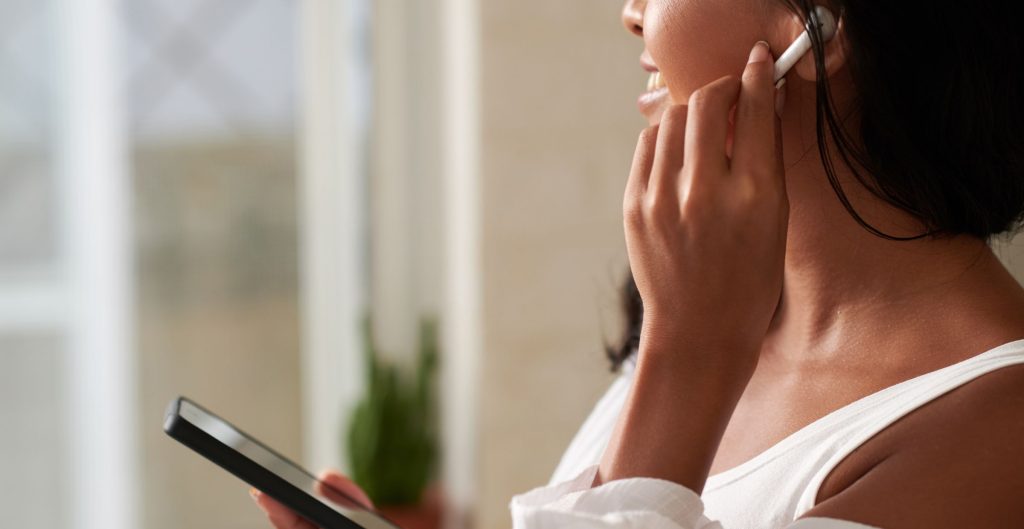
Other underappreciated accessories that help you keep your device at a reasonable distance are PopSockets and wireless earbuds. The former helps you avoid supporting your phone with your face by providing a firmer grip, and the latter eliminates the need for your phone to be anywhere near your face during calls.
One more thing
Please remember that acne is a multifaceted problem. If you notice your breakouts persist despite following all preventive measures, we recommend scheduling an appointment with your dermatologist. In the meantime, researching and incorporating products into your routine that bring you the most benefit can be your first step to clear, healthy skin.
- Acneiform eruptions. (2024). https://www.ncbi.nlm.nih.gov/books/NBK459207/
- Mobile phones represent a pathway for microbial transmission: a scoping review. (2020). https://pmc.ncbi.nlm.nih.gov/articles/PMC7187827/#sec4
- Isolation of surveillance pathogenic fungal microbial contaminant on mobile phone. (2019). https://pmc.ncbi.nlm.nih.gov/articles/PMC6980825/#sec1-3
- Detection of potentially pathogenic bacteria on cell phones of hospital and university-based populations in Curitiba, southern Brazil. A cross-sectional study. (2019). https://pmc.ncbi.nlm.nih.gov/articles/PMC9744018/
FAQ
-
Where do I start with OnSkin?
Download the app and think of a product you’d like to know more about. Then, go to the main screen and choose how you’d like to get the info —by manually looking it up in the search bar, by scanning its barcode, or by simply taking a picture of the packaging. Once you’ve done any of these, you can see how safe the product is and if it suits your skin or hair (if this analysis is available).
-
What is Safety Rating, and how is it calculated?
In OnSkin, we base product rates on ingredients. Each is closely studied by our medical team and then evaluated. This way, each product gets a score from 0 to 100, with 100 as the safest level.
Safety Levels
- Excellent (76–100)
- Good (51–75)
- Not great (26–50)
- Bad (0–25)
These scores are backed by the latest scientific studies. You can find links to the resources we’ve used on each ingredient page. To assess the safety of product ingredients, we evaluate them according to the following parameters/criteria
- Endocrine disruption risk / Reproductive toxicity
Indicates the probability of mimicking, blocking, or interfering with the body hormones.
- Сarcinogenicity
Measures the potential risk of inducing cancer.
- Allergy risk
Estimates the probability of an allergic reaction.
- High concentration alert
Determines the risk of being unsafe in certain amounts.
-
What is Skin Match?
Based on the info you input about your skin type, age, skin care goal, and other “settings,” OnSkin checks how well a product is tailored to your unique skin needs — it’s basically like a dermatologist helping you find the right products, minus the fees and the long wait. The product you’re checking might be labeled as It’s a match!, Hit-or-miss, or Not a match for you. The app also detects ingredient groups such as Anti-acne, Anti-inflammatory, Moisturizes, May be drying, Comedogenic, and others — by tapping one, you see exactly what ingredients from this or that group are in the product.
-
I seem to have a problem with using the app. Who should I contact?
Please reach out to us at [email protected], and we’ll carefully look into your issue. Your ideas for improving the app are also very welcome!
-
Do you have an Android version?
Not yet! Hey Android users, we hear you, and we're thinking about making an Android version, but we haven't started the development yet.
Tracker Sent!
It’s on the way to your inbox.



